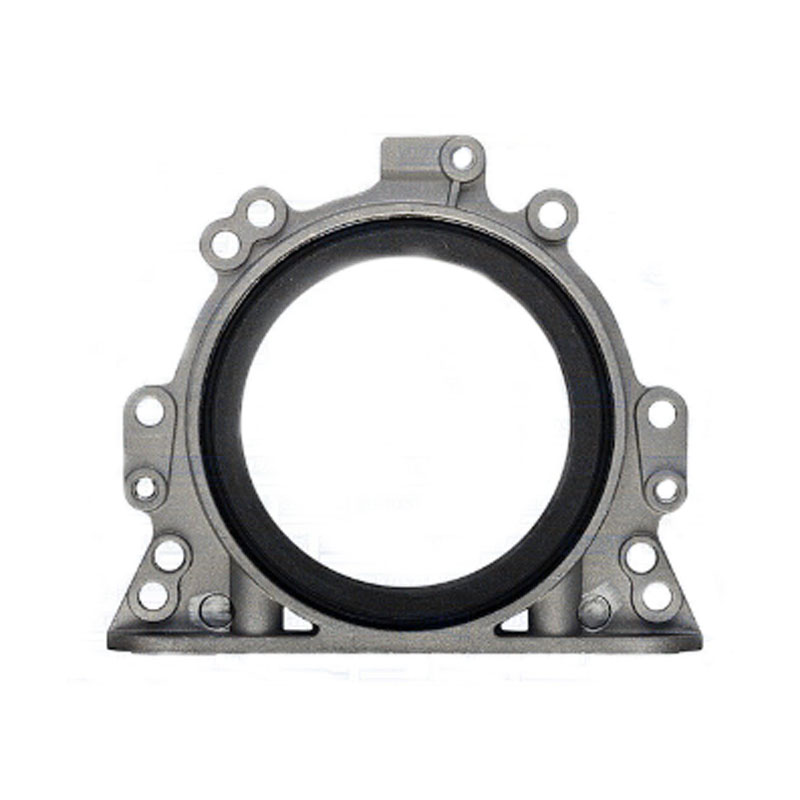Choosing the Right Flat Gasket Material for Efficient Wood Stove Performance and Longevity
Understanding Wood Stove Flat Gasket Material
Wood stoves have long been a staple for heating homes, especially in rural areas where wood is more readily available than other fuel sources. However, to maximize efficiency and ensure safety, certain components are essential, including gaskets. Among these, the flat gasket material plays a crucial role in maintaining the stove's performance.
What is a Flat Gasket?
A flat gasket is a sealing component used in various applications, including wood stoves, to prevent the escape of gases, smoke, and heat. Typically made from materials that can withstand high temperatures, flat gaskets are installed around door frames, stove pipes, and other places where a flat sealing surface is necessary. Their primary function is to create a tight seal that prevents air leaks, thus improving the stove's efficiency and reducing smoke emissions.
Types of Flat Gasket Materials
Flat gaskets for wood stoves are made from several materials, each with its distinct properties. The most common materials include
1. Fiberglass This material is renowned for its excellent thermal resistance and durability. Fiberglass gaskets can withstand extreme temperatures and are often used in high-efficiency stoves. They are woven with a protective coating to enhance their lifespan.
2. Silicone High-temperature silicone gaskets are flexible and provide a superior seal. Silicone can tolerate a wide range of temperatures, making it an excellent option for all types of wood stoves. Moreover, they are resistant to harsh chemicals, which is beneficial in stove applications.
3. Ceramic Fiber Known for its thermal stability and resistance to thermal shock, ceramic fiber gaskets are ideal for extremely high temperatures. They are often used in industrial applications but can also be found in some advanced residential wood stoves.
4. Self-Adhesive Gasket Tape This type of gasket offers convenience and ease of installation. Self-adhesive tape, typically made from fiberglass or silicone, can be quickly applied to the seams of a stove, ensuring an airtight seal. However, care must be taken during installation to ensure it is properly positioned for maximum effectiveness.
wood stove flat gasket material

Importance of a Quality Gasket
Installing an effective flat gasket is vital for various reasons
- Efficiency A well-sealed stove burns wood more efficiently, producing more heat from the same amount of fuel. This efficiency can lead to cost savings on heating bills.
- Safety Poorly sealed units can allow harmful gases, including carbon monoxide, to escape into the living space. A good gasket helps maintain a safe environment.
- Reduced Emissions Efficient burning minimizes the number of particulates and harmful emissions released into the atmosphere, contributing to a cleaner environment.
- Longevity of the Stove Maintaining a good seal prevents excess wear and tear on the stove by reducing the need for it to work harder to maintain temperature.
Maintenance and Replacement
Regular inspections of the flat gaskets in a wood stove are essential to ensure they are in good condition. Signs of wear include cracks, brittleness, or any gaps that allow air to enter or escape. It's recommended to replace gaskets every few years, or as needed, to ensure the stove functions safely and efficiently.
In conclusion, the choice of wood stove flat gasket material is crucial for the performance and safety of your heating system. Understanding the properties of different gasket materials can help you make informed decisions, ensuring your wood stove operates efficiently and effectively for years to come.
-
The Ultimate Guide to Car Repair Kits: Tools and Essentials Every Driver Should Own
News Aug.01,2025
-
The Complete Guide to Oil Pan Gaskets: Sealing Engine Leaks the Right Way
News Aug.01,2025
-
Preventing Oil Leaks: A Complete Guide to Oil Pan Gaskets and Drain Seals
News Aug.01,2025
-
Everything You Need to Know About Oil Pan Gaskets and Drain Plug Seals
News Aug.01,2025
-
Essential for Car Owners: How to Use a Car Repair Kit to Deal with Minor Breakdown
News Aug.01,2025
-
Comprehensive Guide to Engine Oil Sump Gaskets and Related Seals
News Aug.01,2025
-
The Ultimate Guide to Boat Propeller Bearings and Trailer Wheel Bearings
News Jul.31,2025
Products categories















